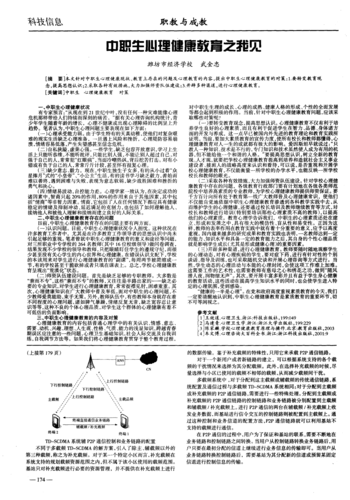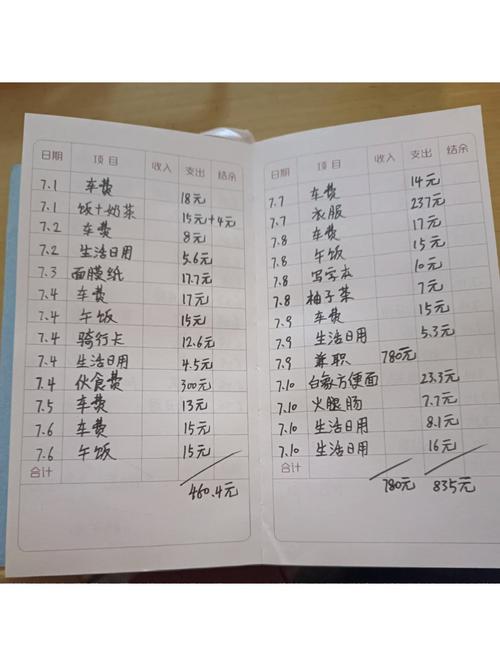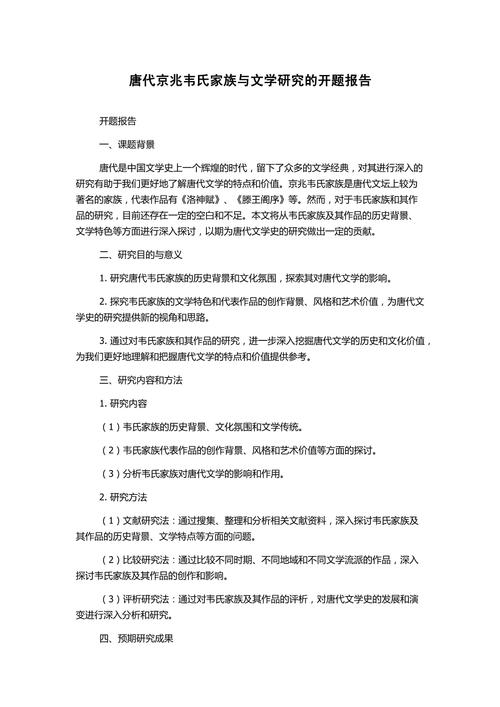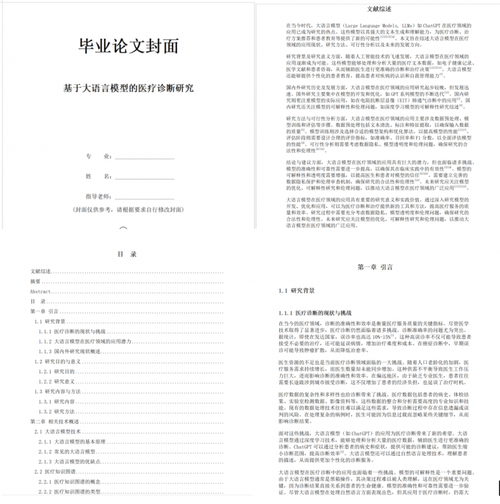Social Media’s Role in Changing How People Connect:A Fresh Look at Today’s Communication Habits
- AI文章
- 2025-03-11 20:44:18
- 30
社交媒体重塑人际连接模式:数字互动与情感疏离的双重变奏 ,当代社交行为正经历结构性转型,社交媒体平台通过即时性、跨地域连接及算法驱动的内容分发机制,重构了传统社交范式,用户日均屏幕使用时间突破7小时,微信、WhatsApp等工具使即时通讯成为社交刚需,TikTok、Instagram等视觉化平台则催生出"点赞社交"的新型互动模式,这种数字化连接虽扩大了社交圈层(全球网民月均新增好友超2亿),却导致深度对话比例下降40%,人际情感维系呈现"超负荷连接"特征——人们平均同时管理着52个社交账号,数字分身与真实自我产生认知割裂,神经科学研究显示,频繁切换社交场景会使大脑前额叶皮层活跃度降低27%,导致共情能力退化,这种技术赋权与人性异化的悖论,正在重塑21世纪的人际交往伦理。
(How to Craft a Winning Undergraduate Thesis Proposal: A Step-by-Step Guide for Beginners)
Introduction
Okay, so you need to write a bachelor’s thesis proposal, right? Let’s break this down like we’re chatting over coffee. First off, the proposal is like a roadmap for your entire thesis project. It’s not just a fancy essay—it’s your chance to show everyone why your topic matters and how you’ll tackle it. But where do you even start? Let’s dive in.
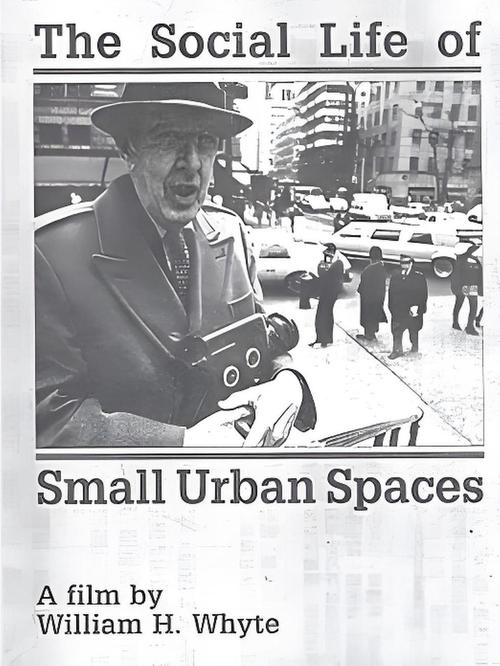
Why Should You Care About the Proposal?
Think of it this way: Your thesis is like building a house. The proposal is the blueprint. Without a solid plan, you’ll end up with a half-finished mess. The proposal helps you:
- Prove your idea is worth researching (Professors love students who can argue their topic’s importance!).
- Stay organized (No one wants a thesis that spirals into chaos!).
- Get practical advice (Your advisor will spot gaps or suggest smart fixes).
Step 1: Choose a Topic That’s Both Interesting and Doable
You don’t want something too broad (“Social Media”) or too narrow (“How TikTok Affects Teens in Texas”). Aim for a sweet spot. For example:
- Too broad: “The Impact of Technology on Society” → Too vague!
- Too narrow: “Do Cats Prefer Dogs?” → Maybe, but maybe not.
- Good balance: “How Instagram’s Visual Culture Shapes Self-Image Among College Students” → Specific, relevant, and researchable!
Step 2: Frame Your Research Question
This is the heart of your proposal. It’s the “so what?” question. Instead of just restating your topic, answer:
- What exactly are you exploring? (e.g., “How does Instagram’s filter usage affect body image?”)
- Why does it matter? (e.g., “Because 60% of teens report feeling pressured to look a certain way online” → Cite a source here!).
- How will you measure it? (e.g., “By analyzing 500 Instagram posts and surveys from 200 users” → Show you’ve thought about methods!).
Step 3: Outline Your Methodology
Professors love seeing you think critically. Here’s how to explain your approach:
- Mixed methods? (Quantitative + qualitative data) → “We’ll use surveys (quantitative) to measure attitudes and focus groups (qualitative) to dig deeper into experiences.”
- Literature review? → “Existing studies show X, but Y hasn’t been explored in this context. Our gap is Z.”
- Ethics? → “We’ll anonymize data and get IRB approval to ensure participant privacy.”
Step 4: Sell the Value of Your Study
Your advisor will ask, “Why should I fund this?” So be ready:
- Real-world impact: “This could help platforms design features that promote healthier habits.”
- Academic contribution: “Our framework fills a gap in communication studies by focusing on non-verbal cues in digital interactions.”
- Personal passion: “I’ve seen how social media connects people during crises—this research lets me explore that further.”
Step 5: Make It Visual and Fun
Proposals aren’t just text—they’re a mix of sections, charts, and bullet points. Use:
- A timeline: “Months 1-3: Literature review; Months 4-6: Data collection.”
- Conceptual diagrams: “Visualizing how our variables (e.g., screen time, self-esteem) interact.”
- Infographics: “A quick snapshot of key stats from your literature review.”
Common Mistakes to Avoid
- Overpromising: Don’t say, “This will solve climate change!” → Focus on your specific, achievable goals.
- Ignoring the audience: Tailor your language to your committee. If they’re tech experts, dive into algorithms; if they’re humanities-focused, emphasize cultural context.
- Copy-pasting abstracts: Your proposal should guide your future work, not just repeat it.
Final Tip: Get Feedback Early
Show your draft to a peer or advisor. Ask:
- “Is this question clear?”
- “Does my methodology make sense?”
- “What’s one thing I’m missing?”
Conclusion
Writing a thesis proposal is like planning a road trip. You need a clear map, a solid plan, and a killer reason to take the journey. By breaking it into steps, staying focused on your “why,” and making it engaging, you’ll create a proposal that’s both rigorous and inspiring. Now go make your professor say, “This could be interesting!”
Need a template or more examples? Let me know—I’ve got a folder full of thesis proposal hacks! 😊
本文由ailunwenwanzi于2025-03-11发表在论改改,如有疑问,请联系我们。
本文链接:http://www.huixiemao.cn/ai/50.html
